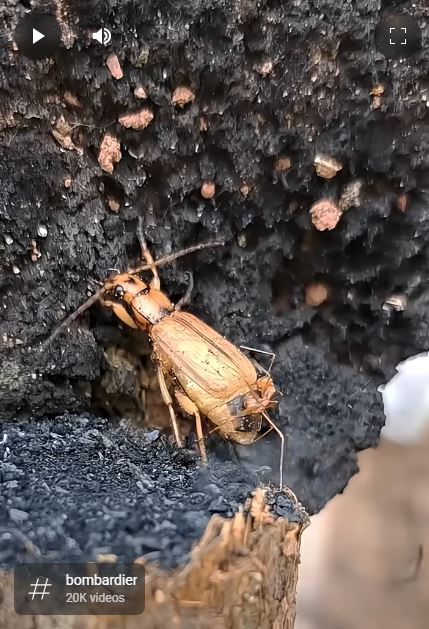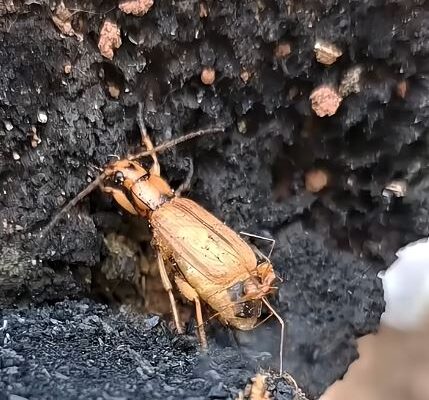In the complex and diverse world of insects, symbiotic relationships are commonplace. One such fascinating partnership can be observed between fire ants and certain species of beetles. These two creatures have formed a mutually beneficial relationship that not only helps them survive but also thrive in their respective environments. In this article, we will delve into the intricate world of fire ants and beetles and explore the nature of their symbiotic relationship.
The Fire Ant
Fire ants (Solenopsis spp.) are known for their aggressive behavior and painful stings. These ants are native to South America but have since spread to various parts of the world, including the United States, where they pose a significant threat to agriculture and native ecosystems. Fire ants are known to be omnivorous, feeding on both plant and animal matter. However, their diet primarily consists of small insects, seeds, and honeydew produced by sap-sucking insects.

The Beetle
Beetles (Coleoptera) are one of the most diverse groups of insects, with over 400,000 described species. Among these, the Pachycondyla marginata beetle has been observed to form a symbiotic relationship with fire ants. This beetle species is found in Central and South America, where it shares habitats with fire ants.
The Symbiotic Relationship
The relationship between fire ants and beetles is a classic example of mutualism, where both species benefit from their interaction. The beetles provide a valuable service to the fire ants by feeding on the eggs and larvae of other insects that could potentially harm the ant colony. In return, the fire ants protect the beetles from predators and provide them with shelter within their nests.
The beetles have a unique way of alerting the ants to the presence of their prey. When a beetle finds an insect egg or larva, it picks it up and begins to vibrate its body. This vibration is detected by the ants, who then swarm the beetle, eager to share in the bounty. The ants are careful not to harm the beetle, as it is their valuable ally.
Once the prey has been located and consumed, the beetles return to the safety of the ant nest, where they are protected from predators such as spiders and other insects. The ants, in turn, benefit from the beetles’ services, as they help keep the ant colony free from potential threats.
Conclusion
The symbiotic relationship between fire ants and beetles is a fascinating example of how different species can work together for their mutual benefit. This partnership not only ensures the survival of both species but also contributes to the overall health and stability of the ecosystem in which they reside. As we continue to explore the complex interactions between different organisms, it is essential to recognize the importance of these symbiotic relationships and the role they play in maintaining the delicate balance of nature.
